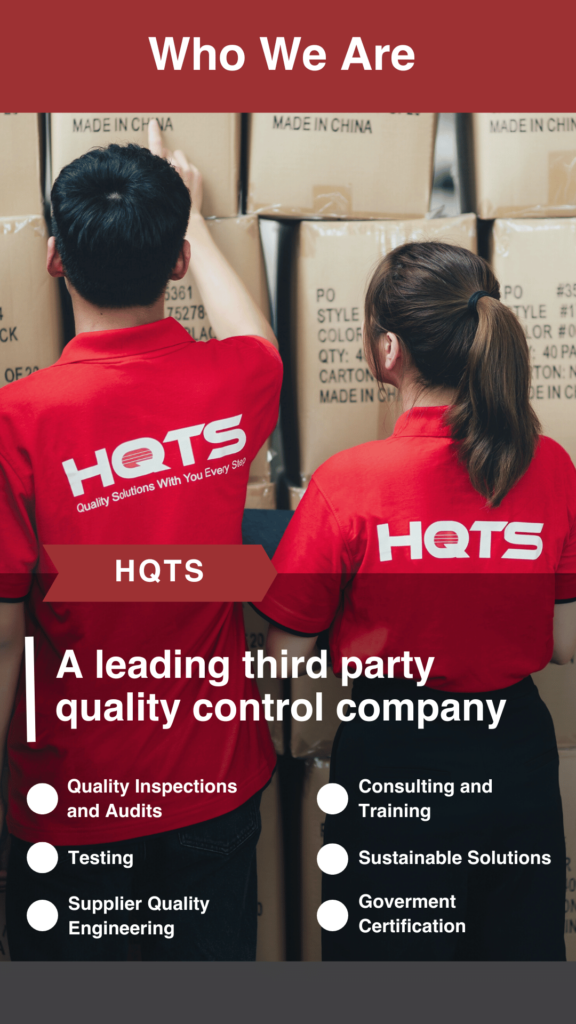The REACH certificate of compliance is a document certifying that a product is compliant with the EU REACH regulation (EC) No 1907/2006. The acronym stands for Registration, Evaluation, Authorization and Restriction of Chemicals.
REACH requires that all manufacturers and importers register certain substances in quantities of one tonne or more per year. It impacts most companies doing business in or exporting to the European Union (EU).
What is REACH testing?
REACH is a European Union regulation covering most consumer products. It requires companies to report on chemicals used throughout their supply chains as well as contained within their products.
REACH can affect the whole supply chain including companies based outside of the EU. Compliance with REACH requires strategic planning and comprehensive testing as a verified way to demonstrate compliance.
Compliance enables companies to prove they are safeguarding human health and the environment, gives access to the EU market, avoids regulatory fines and litigation, and saves time and money when testing in-house.
Therefore, third-party lab testing is a vital way to ensure your products are REACH compliant and legal to sell into the EU. Once the test has been completed, a lab test report is submitted and can be used as proof of compliance, assuming the product passes. The lab test will only pass if all the regulated substances are below the limits set by the REACH regulation.
When did REACH come into effect?
REACH was proposed on December 18 2006, but entered into force on June 1 2007. It replaced a number of existing European Directives and regulations with one single system. It allows free movement of substances across the EU market and helps to enhance innovation and competitiveness of the EU chemicals industry.
REACH testing requirements
REACH establishes procedures for collecting and assessing information on the properties and hazards of substances. Companies need to register their substances and to do this they need to work together with other companies who are registering the same substances.
REACH can impact a wide range of companies across many sectors, even those who may not consider themselves as being involved with chemicals.
Manufacturers that make chemicals will particularly need to ensure they are REACH compliant. Importers that buy anything from outside the EU/EEA are likely to have responsibilities that fall under REACH. To see the range of substances that are covered click here on our previous article.
How can I prove my product is REACH compliant?
Proving your product is REACH complaint involves using a third-party inspection company. A reliable and efficient inspection company can help to consult with your clients about the chemical substances used within your products, conduct SVHC screening tests, carry out process audits, offer technical support and even offer REACH awareness training programs.
AQM BD can ensure your company meets REACH obligations by offering REACH testing. Chemicals, electrical and electronic products, motors, textiles, shoes, leather and accessories can all be tested foe chemicals. Also, consumer products, RoHS testing, CPSIA testing and ISTA packaging testing are just a few of the other testing services we provide.
About AQM BD
With over 25 years of experience in quality assurance, AQM BD is ready to help your business build a robust quality assurance strategy. Our many service locations are prepared to be your one-stop source for all your testing needs, Look no further than AQM BD for production monitoring, pre-shipment and sorting inspections and everything in between. Contact us today to find out how we can help you navigate current quality control challenges.
Related:
RoHS vs REACH: Understand the Differences in 2020
Sources:
https://www.chemsafetypro.com/Topics/EU/REACH_Regulation_EC_No_1907_2006.html
https://www.tuvsud.com/en-us/services/testing/chemical-testing/reach
compliancegate.com/reach-product-lab-testing/





